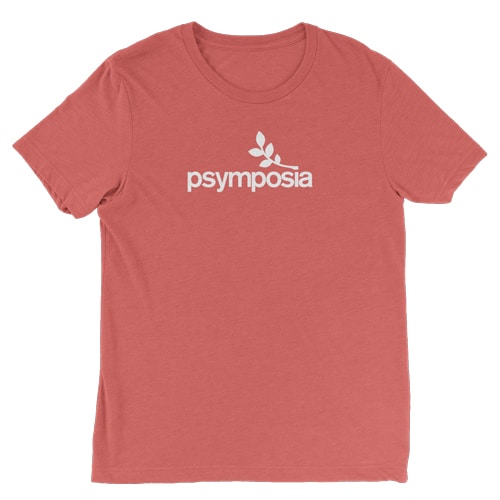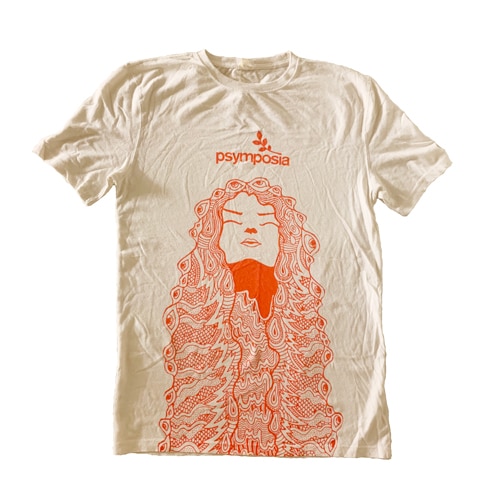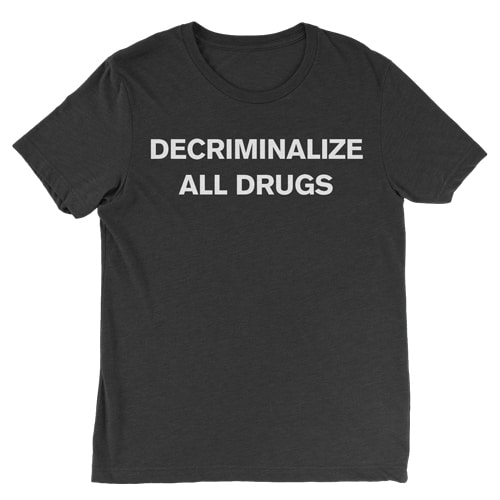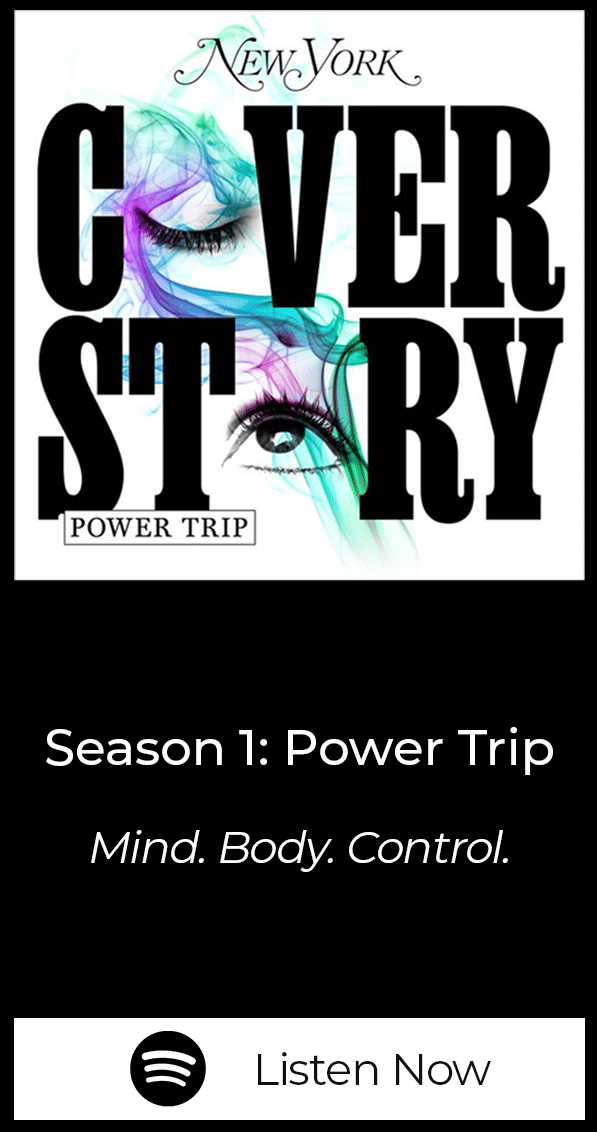Is Ibogaine the Cure for Opioid Addiction? It’s Not That Simple. | Part 11
The Ibogaine Conversation Conclusion | The goal of this conversation was to provide a platform for a diverse range of perspectives on a single topic. Not everyone agrees, and that’s the point. Read the full series.
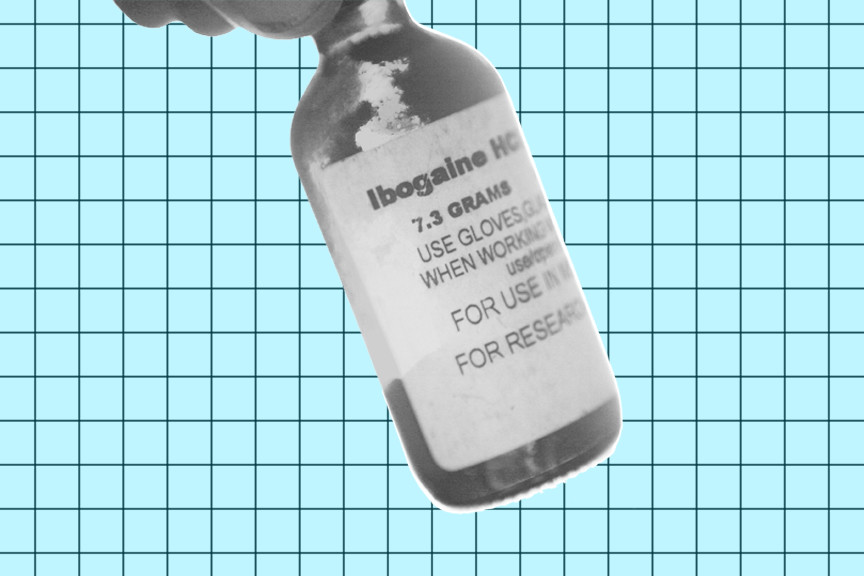
Psymposia is a 501(c)(3) nonprofit research and media organization that offers critical perspectives on drugs, politics, and culture. We rely on contributions from our readers and listeners. Your support is vital to sustaining Psymposia.
Support Psymposia’s independent journalism on Patreon and help us drive the Mystery Machine! We’re a bunch of meddling kids who are unmasking the latest shenanigans on the psychedelics beat.
Psymposia spent the last month diving headfirst into the mysterious and complex world of ibogaine. We discussed iboga’s traditional use with people who have been initiated in Gabon, listened to a reaction from Bwiti healers, talked to a MAPS researcher about ibogaine for opioid addiction, and asked patients and providers about medicalization, regulation, and safety.
We opened the series with the testimony of Amy, a Canadian nurse who used ibogaine to detox from heavy opioid addiction. We chose to lead the conversation with her story because of how well it speaks not only to ibogaine’s transformative power, but also its shortcomings. As we bring the Ibogaine Conversation to a close, we wanted to revisit Amy on her path to recovery.
“I felt the benefits of the ibogaine almost a year after the treatment. I didn’t have any cravings,” she tells us, retrospectively. “Then, you know, things started to change in my life, and I wasn’t coping well. I still didn’t know how to deal with my issues in a healthy way.”
Eventually, about a year after her ibogaine treatment, Amy was reintroduced to painkillers through her doctor – and her use escalated to a point that it had never reached in the past.
“The last relapse was really quite serious. I ended up having issues at work. I wasn’t fired, but I was put on leave while they did an investigation into my drug use.” She continues, “I didn’t know what to do, so I made a feeble attempt at suicide, and that was my way of saying I needed help. I’m a nurse; if I really wanted to do it, I wouldn’t still be here. I just wanted help.”
One of the recurring themes brought up by those we spoke to was the necessity of aftercare. Despite the narrative that ibogaine is a “quick-fix” for addiction, long-term success seems to hinge on access to strong support networks, therapy, and integration of the experience.
“I think the first time I went into ibogaine treatment, I didn’t really have a healthy outlook on what I was hoping to achieve. I just wanted an easy detox from the drugs because at the time, I still believed that quitting the drugs was the solution to my problem,” Amy says of her experience. “I couldn’t see any further than that. I didn’t think there was any more work to be done afterwards.
“The second time I went to do ibogaine, it was more to help me with what I needed to do after, rather than just detox. I wanted the mental shift that I had the first time, but this time I was prepared to take advantage of that in order to get better. I realized that ibogaine is just a tool to get me where I needed to go. It wasn’t the answer. It wasn’t going to fix everything for me, but it was going to allow me the ability to think clearly in a shorter amount of time.”
Amy was once again able to detox from opioids after her second ibogaine treatment, and she’s remained drug-free since then. She says her success is, in part, owed to continuous exposure to ibogaine. Amy has been taking ‘booster doses’ – that is, low doses of ibogaine – for over 2 years now, and she swears by this method.
“I really feel like the ibogaine does for you what it needs to do at the time, and in my opinion, having taken booster doses after a flood dose, I’d go as far as to say that it’s not worth using ibogaine if you don’t take booster doses afterwards.”
Sustainability
Now of course, we weren’t able to highlight everything that’s happening in the ibogaine community, and we weren’t able to include every perspective that’s out there. As the editor, I wanted to end the series by addressing some of these shortcomings.
The long-term sustainability of rising demand for iboga is a hot topic in the ibogaine community. From the beginning, I felt it was important to include this ongoing and controversial discussion for the Ibogaine Conversation.
I hadn’t quite realized how controversial it was.
The vast majority of those I spoke to about the status of iboga in Gabon were hesistant, and often unwilling, to offer their commentary on the subject. The few people who engaged with the question all had different responses.
Some of those I spoke to early on in the series, who have spent time in Gabon, said they never got the impression that iboga is becoming more scarce. Others maintain that urgent action is necessary to prevent what they see as a rapid decline in the plant’s population.
“You used to be able to find iboga very easily in the wild,” says Yann Guignon. “Now, in these areas where it used to exist, you can’t find it anymore.”
Yann is the director and founder of Blessings of the Forest, an organization working towards a sustainable model for iboga cultivation in Gabon. He says that while growing demand for ibogaine poses the largest threat, larger social and environmental issues such as climate change and deforestation have a significant impact on iboga’s ability to thrive in its natural environment.
“Iboga needs 5 to 10 years to grow. It will take years and years to be ready for the market,” Yann cautions. “But the demand is now, so meanwhile we have to find a solution.”
Others cautioned me about the potential pitfalls of a kind of cultural paternalism when dealing with issues surrounding sustainability. Citing the historical example of French colonialism in Gabon, which largely depended on forced systems of agriculture, some ibogaine advocates aren’t comfortable with the assumption that Gabonese communities should just start growing surplus iboga to export.
After talking to numerous people, my own opinion is that it seems to make the most sense to look towards alternative sources of ibogaine. Voacanga africana is a plant similar to iboga that’s already cultivated in an existing agricultural framework, and from which ibogaine can be sourced relatively simply. Chris Jenks, a notable chemist in the ibogaine community, has published an accessible and user-friendly guide for obtaining ibogaine from Voacanga.
The truth is, I don’t think we have all the facts. There seems to be no real consensus about the status of iboga in the wild, and the impression I got from working on this series is that there needs to be some kind of coordinated effort to determine the scale of the environmental threat facing iboga.
Yann’s organization, Blessings of the Forest, is currently working on a project to do exactly this.
“Right now, we’re organizing a mission to count the [iboga] trees, to make a complete national inventory of iboga,” Yann told me. “One year after that, [we’ll] come back and count the trees again.”
Until then, we should acknowledge that iboga is a limited resource embedded in a rich and dynamic cultural context. Therefore, we should proceed responsibly and with accountability to the land and peoples from which this plant comes.
Regulation, the Medical Model, and Safety
I’d also like to address that a number of the opinions expressed throughout the series were controversial, specifically surrounding regulation, the medical model, and safety.
The goal of Psymposia’s conversation format is to provide a platform for a diverse range of perspectives on a single topic. Not everyone agrees, and that’s the point. Without endorsing any one opinion over another, we want to create space for the exploration of contemporary issues that are often nuanced and challenging. With the Ibogaine Conversation, we hope we did that effectively.
Of course, the dominant theme of this particular series has been that ibogaine isn’t really like anything else. Ibogaine can kill you if you’re not well-informed about complications that can arise from its use.
Recently, unfortunate news has come out that underscores the serious nature of safety risks associated with ibogaine, even with experienced providers. The same day we published the previous article of this series, one of the featured panelists was arrested after a death at his clinic related to complications from Xanax and ibogaine. As discussed in our interview with Clare Wilkins, the subject of ibogaine and benzodiazepines is a controversial ongoing debate.
While we hope that we were able to provide a glimpse into some of the dangers to consider before taking ibogaine, we want to emphasize that what we’ve presented here is simply that, a glimpse.
“It’s a tricky subject and a tricky drug,” says Doug Greene, who’s been involved with drug policy activism for 30 years. He served as the former Patient Advocacy Coordinator for the Global Ibogaine Therapy Alliance (GITA) and co-authored their safety guidelines.
A recurring topic in this conversation has been regulation. Given that ibogaine can be dangerous, and has the potential to radically transform the lives of those it touches, it occupies a unique position in the debate between skeptics of the Western medical model and those who insist it only be used in a supervised setting with medical professionals.
But it’s not quite that simple, according to Doug.
“I think some people conceptualize this as a dichotomy – basically between the professionals and the system that they’re a part of, and grassroots self-help and neo-shamanism. I don’t think anyone is fully satisfied with the [Western] healthcare system, but I don’t think that dichotomy is real.”
There’s clearly dispute even among experts in the ibogaine community, and the responsibility is on any individual who wants to work with the drug to look beyond these articles when doing their research. We’ve done our best to provide further resources, but there’s a wealth of information out there that we simply don’t have the capacity to cover here.
One such resource is the guidelines established by GITA, which we referenced elsewhere in the series.
We spoke with Jonathan Dickinson, the former executive director of GITA and another co-author of the guidelines, about safety protocol with ibogaine. He brought up some interesting points that are relevant to the spirit of individual choice and autonomy that’s expressed by many in the ibogaine community, as well as the need for some kind of cohesive approach to harm reduction.
“I became involved with ibogaine because it was psychedelic therapy without a lot of pretense, and it was just happening already,” Jonathan told us. “Because treatments are being offered in unregulated spaces, they almost offer an example of what could happen with decriminalization.
“What we were working on with GITA was to provide a basic form of patient advocacy, which is what a community needs to provide for itself without a regulatory authority. Our goal with the guidelines was, rather than arbitrarily saying, ‘This is how you have to do ibogaine treatments,’ we wanted to create a resource to identify the risks and how they could be mitigated, in stages. From there, it was training in the most important areas, building up the genuine efforts people were making.
“I think it’s important that people are able to understand what the risks are that they’re taking, to have the freedom and ability to make choices about their bodies, and the proper support to make those choices well. I think if the ibogaine movement has been focused on anything, well that’s at least a big part of it.”
We cannot be responsible for how you choose to engage with ibogaine, but we strongly encourage anyone with a serious interest to act responsibly.
So What’s Next?
When I asked Dana Beal, an iconic figurehead of both the ibogaine and medical marijuana movements, he suggested ibogaine research should be the next big thing for the psychedelic community to focus on after MDMA.
“Ibogaine is the most cost-effective change you could make to address both the opioid crisis and the drug war,” he told me. “Nothing else abolishes heroin withdrawal, and it’s non-habit forming.”
Murtaza Majeed does work surrounding drug treatment, advocacy, and policy reform in Afghanistan, where he’s attempting to open the country’s first ibogaine clinic. In his view, ibogaine is simply one small fix to a much larger social problem.
“We need to change our culture’s perspective towards drug use, so that it’s recognized as a part of the society we’re living in,” Murtaza says. “We need to talk more about the benefit maximization of drugs. We need to start remodeling our philosophy of harm reduction to be more focused on bringing integrated services to anyone who is using drugs, regardless of why they’re using, the route of administration, or whether or not they’re linked to the production or distribution of drugs.”
For Amy, it’s also all about how we treat people who use drugs in our society.
“We take one of the most suffering subgroups of our population, who’ve been traumatized, and we marginalize them and we browbeat them, shove them down, tell them they’re shit, they’re useless, and they serve no purpose.”
She goes on, “Then you go to a traditional treatment center, and they nail it into you that you have no control over your life. They don’t focus on trauma; they don’t focus on the root of your addiction and where it comes from.”
Amy is currently attending weekly meetings with other healthcare professionals who deal with addiction. She’s never shared the fact that she used ibogaine for her recovery because of the potential repercussions (she could be kicked out of the group for using drugs and lose her job as a nurse), but once her contract with her current employer expires she doesn’t have to worry as much.
“I can’t tell you how eager I am to come to the end of my contract and sit in the room with all those doctors and nurses and finally share my story,” she tells me. “It’s gonna happen.”
I’ve never taken ibogaine, and quite honestly I don’t know if I ever will. But even without having tried it myself, I’ve developed a deep respect for the molecule solely through my interactions with individuals whose lives have been profoundly touched by it. You can hear it in their voices when they share their stories. It’s not just earnestness; it’s much bigger than that.
So what is it? After our expedition into the world of this strange substance, what have we learned? What’s the deal with ibogaine?
As Amy finishes her story, I ask her to summarize the role that ibogaine has played in her life. Is it all it’s chalked up to be? Is it really the solution to addiction?
“Ibogaine is helping me stay clean. It’s given me purpose. It’s giving me passion and motivation.
“It wasn’t an instant fix, and we know it doesn’t work for everyone. There’s a lot of people who take ibogaine and go right back to using within days. There’s no easy or quick fix to addiction, and I think people tout this as a magic cure, but it’s just a tool.
“It shifts your perspective on things, and not in an abstract or unhealthy way. It feels like this is how we’re supposed to think. You can feel it. There’s something, a connection that happens with people who have taken ibogaine.
“I’ve seen it time and time again. There is this odd subconscious, subliminal kind of thing that goes on – something there that helps you connect with people.
“And I truly believe the solution to addiction is connection.”
Hey! Before you go… Psymposia is a 501(c)(3) non-profit media organization that offers critical perspectives on drugs, politics, and culture. We strive to ask challenging questions, and we’re committed to independent reporting, critical analysis, and holding those who wield power accountable.
Our perspectives are informed by critical analysis of the systemic crises of capitalism that have directly contributed to the unmitigated growth of addiction, depression, suicide, and the unraveling of our social relations. The same economic elite and powerful corporate interests who have profited from causing these problems are now proposing “solutions”—solutions which both line their pockets and mask the necessity of structural change.
In order for us to keep unpacking these issues and informing our audience, we need your continuing support. You can sustain Psymposia by becoming a supporter for as little as $2 a month.
Jordan May
Jordan May is a writer who explores the intersections between drug policy, psychedelics, and community engagement.

